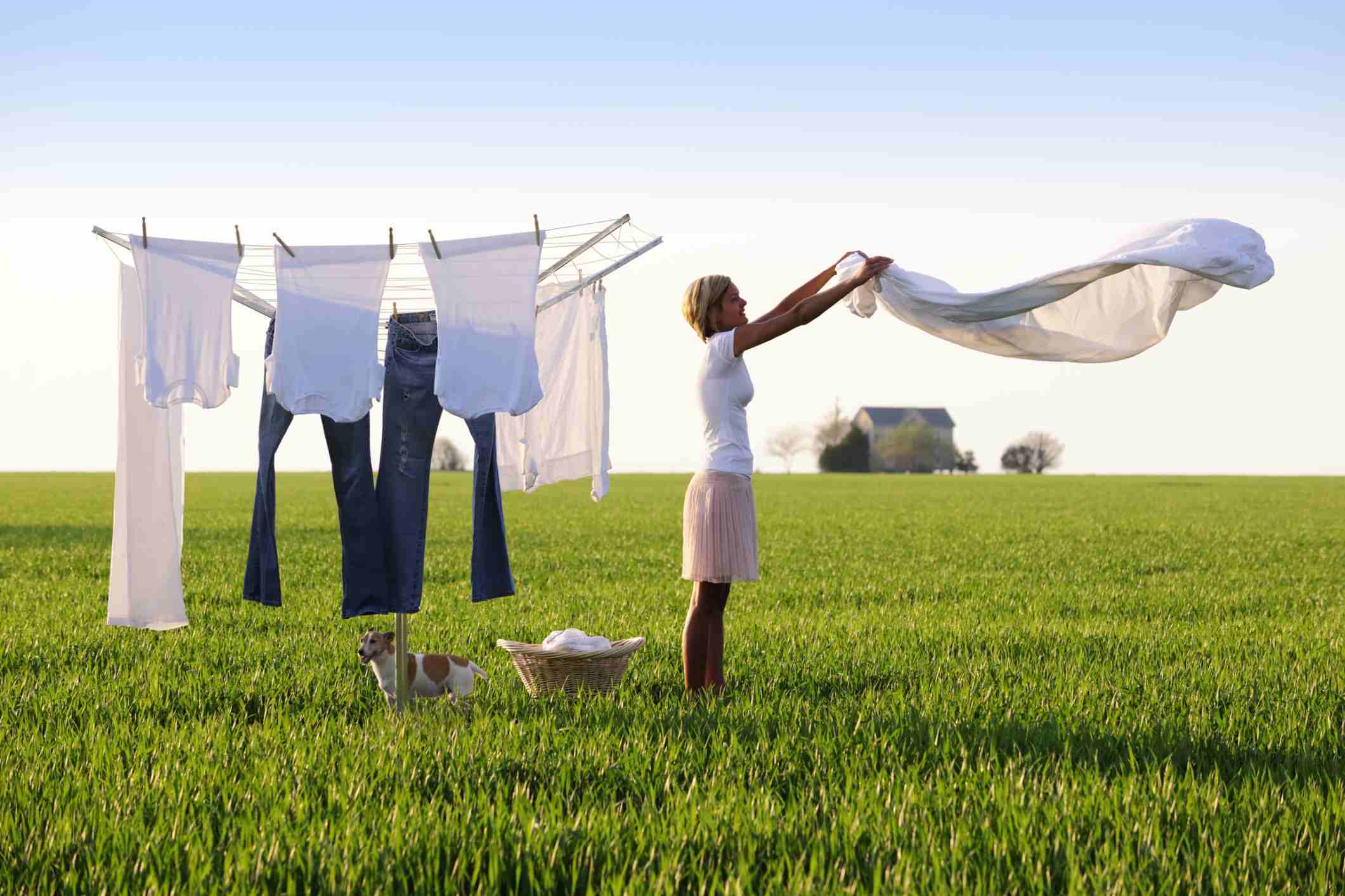But it’s getting easier to clean your clothes while staying green. “You do have to wash your clothes, but you can do a very good job of minimizing the impact,” says Jonathan Gilligan, an associate professor of earth and environmental sciences at Vanderbilt University who has studied the effects of individual actions on greenhouse gas emissions. Although one consumer’s decision to switch to a more efficient washer isn’t going to counter the cumulative effects of major industries on its own, he says “it can have an effect.” Individual actions add up.
Here are expert-backed strategies to tweak laundry day to be greener — and less of a chore.
Choose efficient machines
The machines you use have a significant effect on the amount of energy and water you save — or waste — experts say. Older appliances can rack up high utility bills, while newer, high-efficiency washers use less water and energy with lower temperatures and higher spin speeds.
In most cases, front-loading washers will be more efficient than top-loading ones, because the drum’s position can create a faster spin cycle. “If the washer is able to wring out most of the water from the clothes, then the dryer is going to have significantly less work to do,” which saves energy, says Jessica Petrino, editorial director of AJ Madison, a home and kitchen appliances store based in New York City.

Join The Discussion!